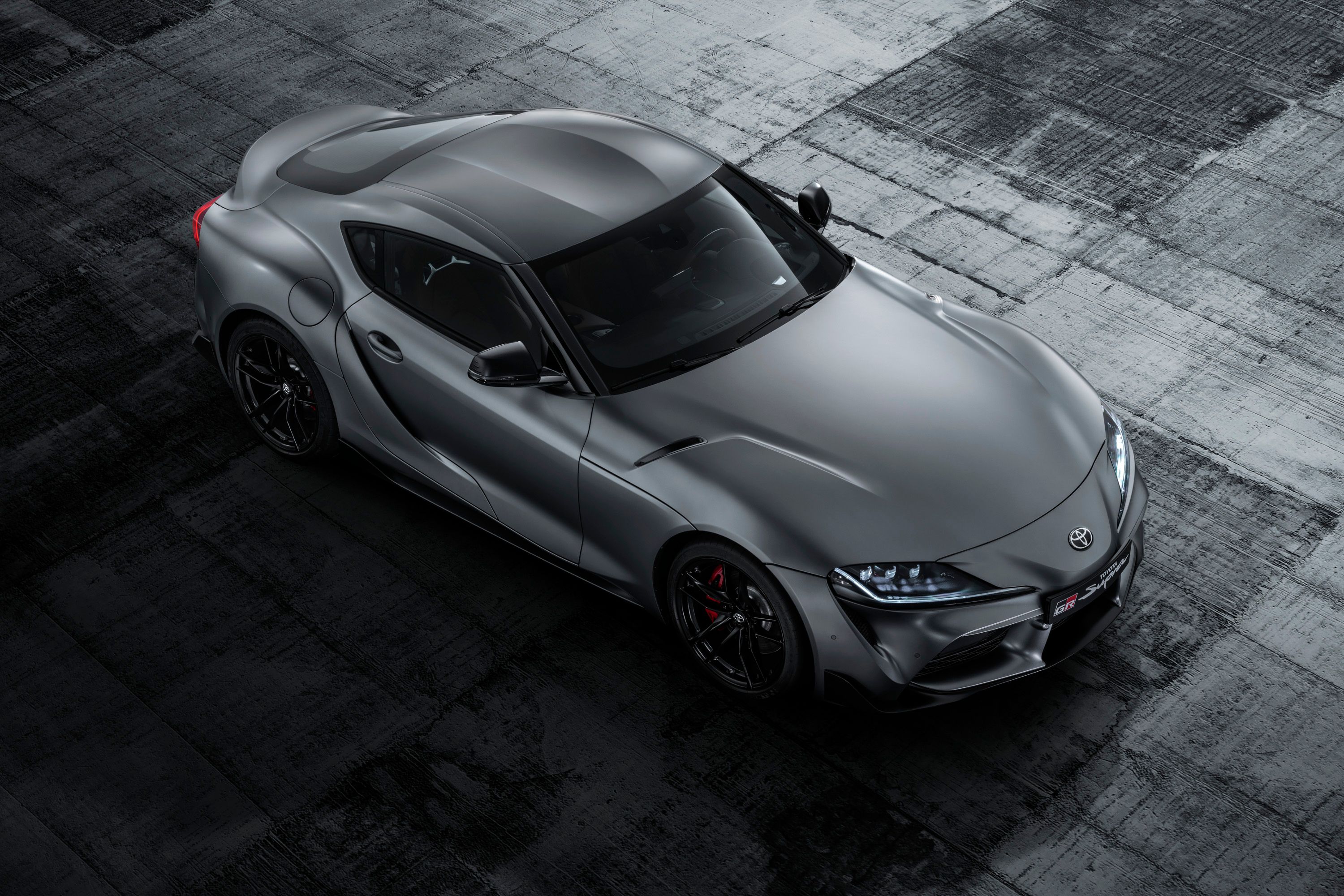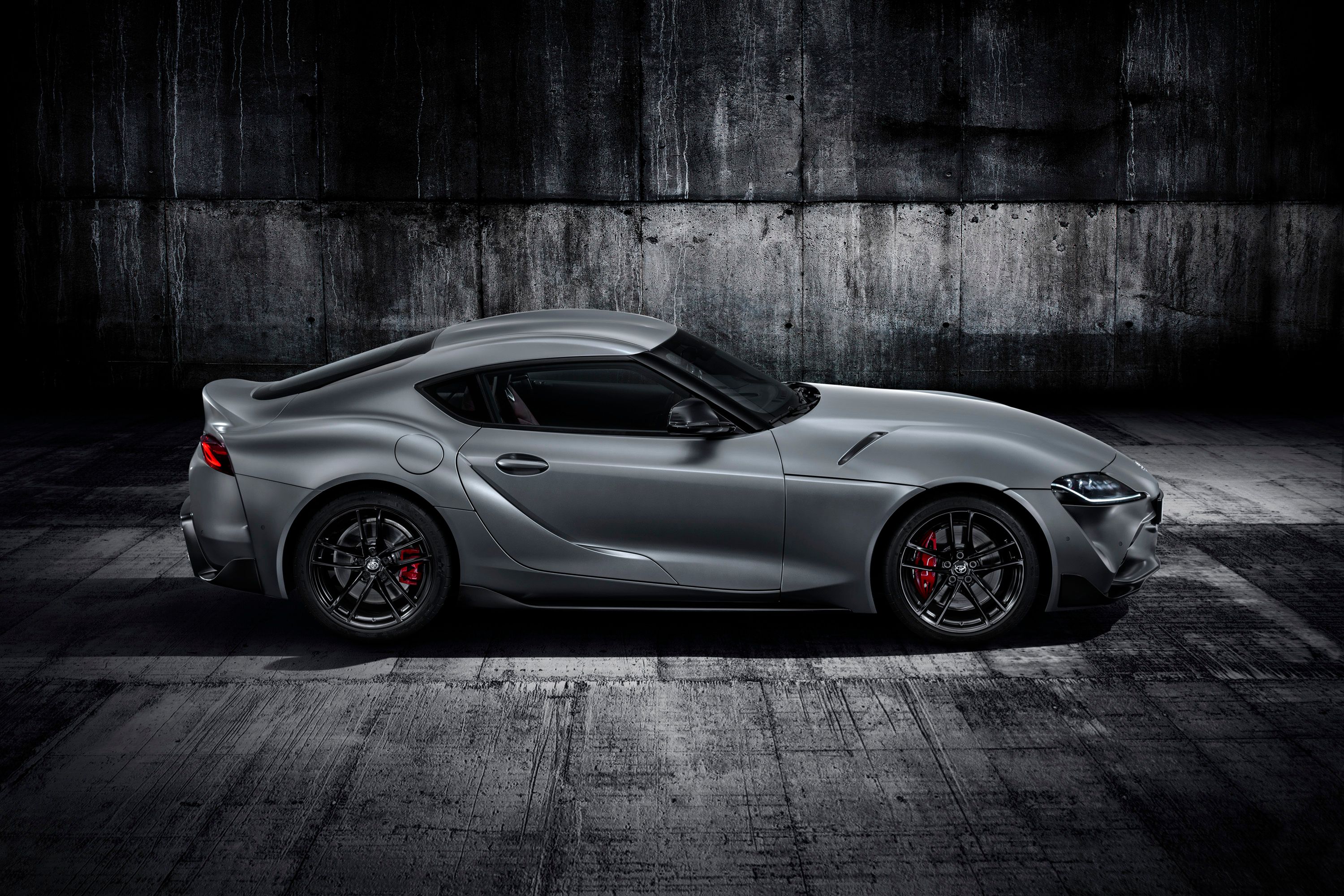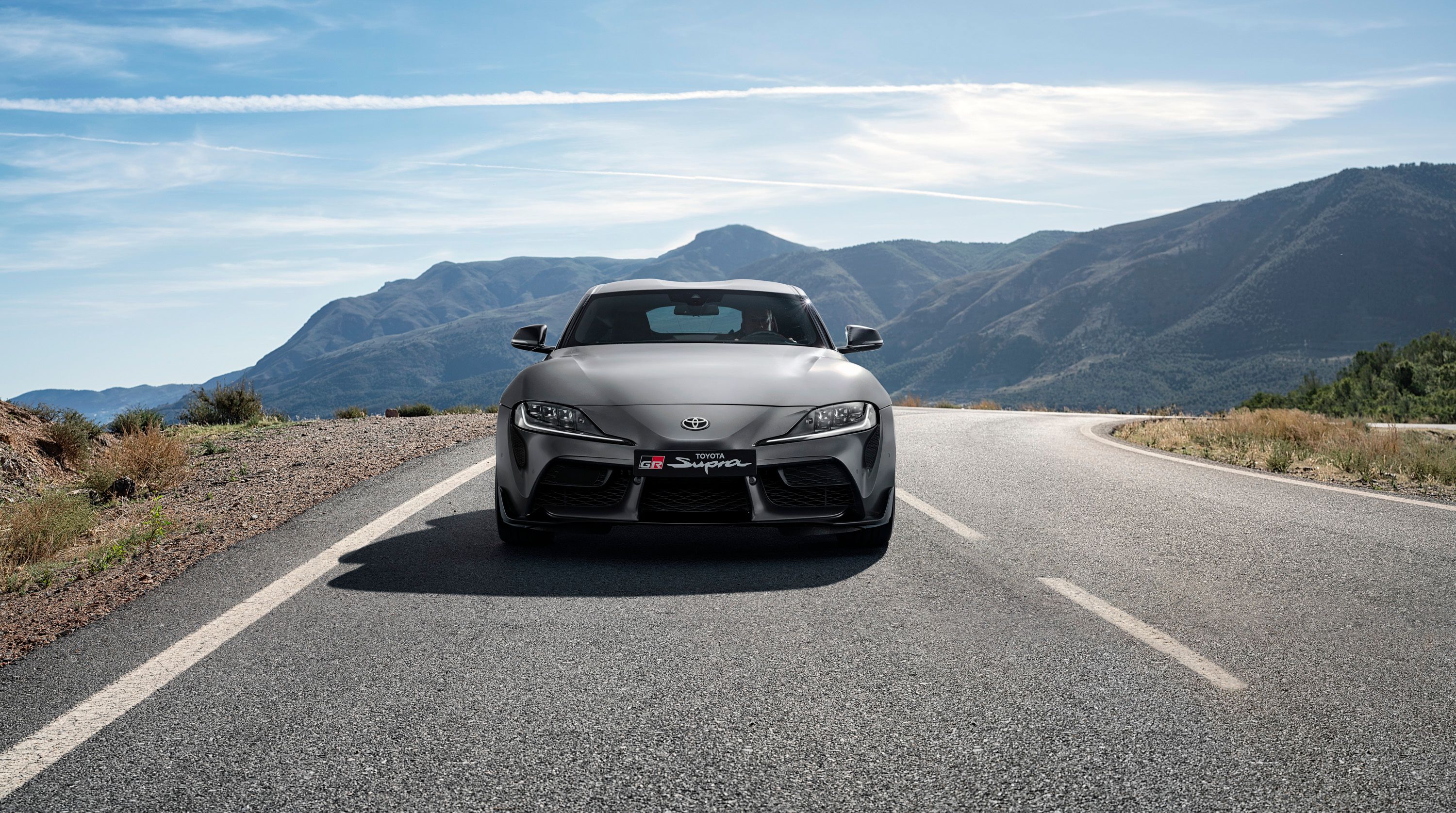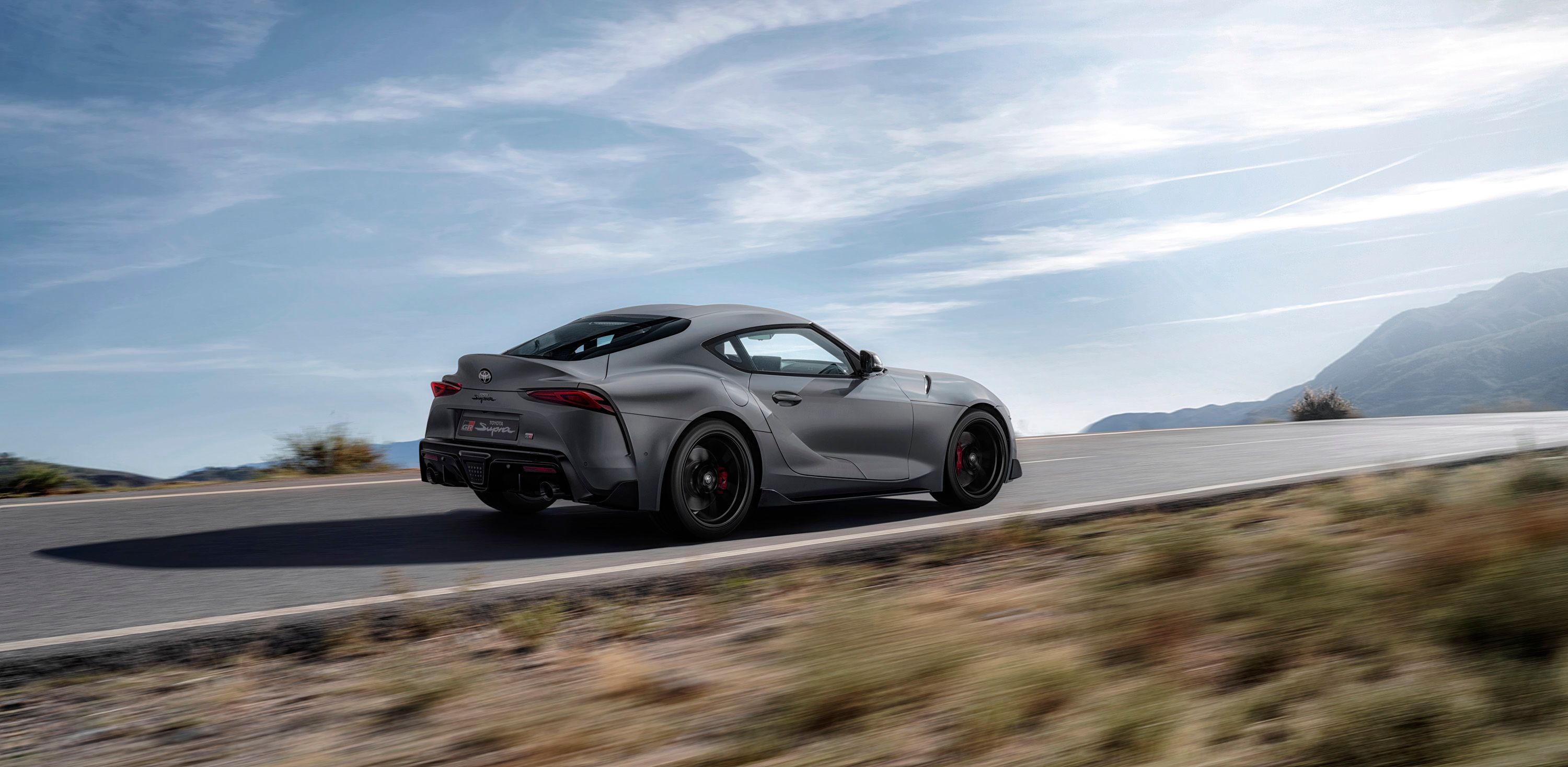Toyota’s decision to offer the Supra with a turbo six-cylinder engine in the U.S. has been met with mixed reactions. Most of the people who have voiced concern over the U.S.-spec Supra’s lack of engine diversity now have a new gripe on their hands after it was revealed that the California Air Resource Board has given its approval for the four-cylinder Supra to be sold in the U.S. market. Where is exactly is the gripe coming from? It turns out, even with the CARB approval, Toyota’s not changing its mind. The four-cylinder Supra is still not headed to the U.S. market, even if the option to bring it is already on the table. The automaker didn’t specify its reasons for keeping the four-cylinder Supra away from the eager beavers in the U.S., but if you think about it, that decision could have something to do with the company’s other sports car on the market: the Toyota 86.
Why Won't Toyota Bring the Four-Cylinder 2020 Supra to the U.S. Market
There is a population of people in the U.S. that have come to grips with the fact that only one version of the Toyota Supra is coming in the market. I’m one of them. Imagine my surprise, then, when I found out that the California Air Resource Board has given the thumbs up for the four-cylinder Supra to be sold in the U.S. I was like most people. I wanted some form of variety in terms of the kind of Supras that are available in the market. That’s not to say that I’m disappointed in the one that we’re getting; I’m not. The turbo six-cylinder Supra is a great option, not only because it’s powered by a turbocharged, 3.0-liter inline-six engine that it shares with the BMW Z4 but because the six-cylinder produces 335 horsepower and 365 pound-feet of twist. Power channels through an eight-speed automatic transmission, which, in turn, helps the Supra sprint from 0 to 60 mph in 4.1 seconds before setting off on a top speed of 155 mph. It’s also a great option because, well, it’s the only one that’s available.
2020 Toyota Supra - six-cylinder engine specifications
|
Engine |
3.0-liter twin-scroll turbo six |
|---|---|
|
Horsepower |
335 HP |
|
Torque |
365 LB-FT |
|
Transmission |
8-speed automatic transmission with paddle shifters |
|
0 to 60 mph |
4.1 seconds |
|
Top Speed |
155 mph |
Here’s the thing, though. Imagine if there was another version of the Toyota Supra in the U.S. market, say a more affordable one with a smaller 2.0-liter four-cylinder engine that recently just got the approval of the California Air Resource Board. It sounds like a no-brainer, right? A cheaper version of the Supra would attract a lot more buyers, and that’s going to spell big bucks for Toyota. It matters, too, that Toyota — through BMW — took great lengths to have the engine certified in the U.S. Granted, Bimmer has more use for the four-cylinder engine — it’s used on 2-Series, 3-Series and 4-Series models, as well as a four-cylinder Z4 — but it’s not like Toyota doesn’t have any. This is, after all, the same engine that powers the Supra’s brother-from-another-mother, the BMW Z4 sDrive30i.
So why is Toyota holding steady on its initial plans for the Supra in the U.S. market? Why isn’t it bringing the four-cylinder here? Naturally, the automaker has remained tight-lipped on its reasons. Road & Track even sought out the automaker to clarify the content of the recently uncovered CARB document and a Toyota spokesperson was in full form, saying a lot without saying anything at all. “BMW took steps to certify an engine for a variety of uses,” the spokesperson said. “At this point, Toyota’s plans for the Supra in the U.S. include only the 3.0-liter inline six that will be in the 2020 Supra when it goes on sale this summer.”
The second possible reason is that Toyota just hitched on BMW’s CARB application without any plans of bringing the four-cylinder Supra in the U.S. at all. Maybe the plan is to keep the approval in the shelf in the event the automaker changes its mind in the future.
The third scenario is the business scenario, though not necessarily about the Supra. Consider this: if Toyota sells the six-cylinder Supra at $49,990, how much would the four-cylinder Supra — the one that produces 255 horsepower and 295 pound-feet of torque — cost? Let’s assume the price to be between $36,000 to $40,000. Now, that price tag is still higher than the base price of the Toyota 86 — $26,455 — but the range-topping spec of the 86 starts at around $32,000, which isn’t that far off from what a base Supra could be priced at.
2020 Toyota Supra - Inline-4 Specifications
|
Engine |
Inline-4 |
|---|---|
|
Displacement |
1,998 cc |
|
Horsepower |
255 HP @ 5,000-6,500 RPM |
|
Torque |
295 LB-FT @ 1,550-4,400 RPM |
|
Transmission |
8-speed Sports Automatic |
|
Turbo type |
Twin-scroll turbocharger |
|
0 to 100 km/h |
5.2 seconds |
I think Toyota’s biding its time. Once the 86 is out of the picture, that’s the time it’s going to offer the four-cylinder Supra in the U.S. market. My assumption could be wrong, but is it really that far-fetched to think that it also makes sense?
Further Reading
Read our full review on the 2020 Toyota Supra.
Read our full review on the 2019 BMW Z4.
Visual Comparison: The 2020 Toyota Supra And The 2019 BMW Z4




